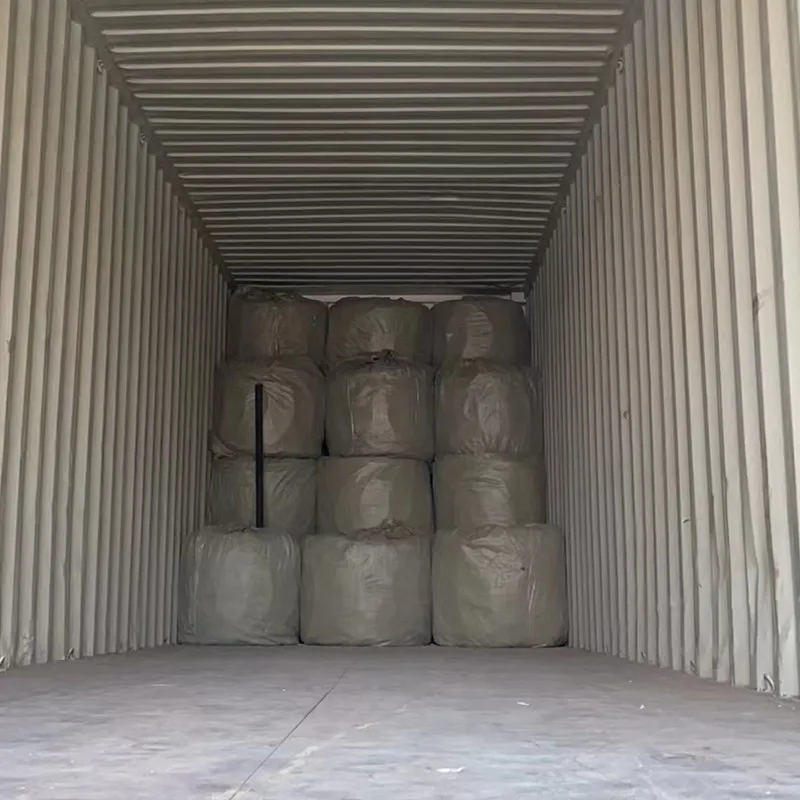Dec . 19, 2024 03:11 Back to list
Innovative Solutions for Gabion Rock Wall Construction in China
The Advantages of China’s Gabion Rock Walls
Gabion rock walls have emerged as a popular choice for engineering and construction projects across the globe, particularly in China, where rapid urbanization and environmental concerns necessitate innovative and effective solutions. These structures, made of steel wire baskets filled with rocks or other materials, offer numerous benefits that make them suitable for various applications, including erosion control, landscaping, and flood protection.
What are Gabion Rock Walls?
Gabions originated from the Italian word gabbione, meaning big cage. Essentially, gabion rock walls consist of wire mesh baskets that can be filled with stones, concrete, or other materials, which are then assembled to form a sturdy and flexible wall. The inherent design allows for the accommodating of uneven terrains while controlling soil erosion and providing robust support against water flow.
Applications in Environmental Engineering
One of the primary applications of gabion rock walls in China is erosion control. With much of the country facing issues like soil erosion due to heavy rainfall and rapid development, these structures help stabilize riverbanks, highways, and slopes. By absorbing the impact of flowing water, gabions prevent soil displacement and mitigate landscape degradation.
Moreover, gabion structures can be incorporated into drainage systems, facilitating water management strategies that minimize flooding risks. Their porous nature allows for water to flow through while retaining soil, which is crucial in managing excess water during seasonal rains.
Economic and Aesthetic Benefits
Economically, gabion rock walls are an attractive option. They are typically more cost-effective than traditional retaining walls, given that they utilize locally sourced stones and require minimal machinery for installation. The assembly process is straightforward, enabling rapid construction, which saves both time and labor costs.
china gabion rock wall

Aesthetic considerations also play a significant role in the growing popularity of gabion walls. With their natural stone appearance, gabion walls blend seamlessly into various landscapes, lending an earthy, rustic charm to urban and rural environments alike. They can be designed creatively for decorative purposes or as part of landscaping projects, transforming ordinary spaces into visually appealing areas.
Durability and Sustainability
Durability is one of the standout features of gabion rock walls. The galvanized or stainless steel wire used in their construction is designed to withstand the elements, resisting corrosion and rust. This durability ensures that gabion structures can last for decades with minimal maintenance, making them a sustainable option for long-term applications.
Furthermore, gabions contribute to environmental sustainability. They can be filled with natural materials, promoting the recycling of local stones and reducing the carbon footprint associated with traditional concrete production. Additionally, once the vegetation grows around them, gabion walls can foster biodiversity, permitting flora and fauna to thrive in their vicinity.
Challenges and Considerations
While gabion rock walls offer many advantages, there are also challenges to consider. The quality of materials used for filling and the durability of the wire mesh are crucial in determining the wall's lifespan. Proper installation is essential, as poorly constructed gabion walls may suffer from jaw gaps or bulging, leading to structural failure.
Furthermore, aesthetic preferences among different cultures may influence designs, requiring a sensitive approach to ensure that gabion structures are culturally and regionally appropriate.
Conclusion
In summary, gabion rock walls present an effective, economical, and aesthetically pleasing solution for various engineering challenges in China and beyond. With their ability to prevent erosion, manage water flow, and add beauty to landscapes, they stand as a testament to the innovative integration of functionality and design. As the demand for sustainable construction methods continues to rise, gabions are poised to play a significant role in shaping the infrastructure of the future, underscoring the importance of harmonizing human development with environmental stewardship.
-
Hop Dipped Galvanized/PVC Coated Temporary Fence - Anping County Xingzhi Metal Wiremesh Products Co., Ltd.|Temporary Fencing Solutions, Durable Security Products
NewsJul.30,2025
-
Hop Dipped Galvanized/PVC Coated Temporary Fence-Anping Xingzhi|Durability&Cost-Effective
NewsJul.30,2025
-
Hop-Dipped Galvanized PVC Fence - Anping Xingzhi | Durable, Quick Deployment
NewsJul.30,2025
-
Hop Dipped Galvanized/PVC Coated Temporary Fence - Anping County Xingzhi|Temporary Fencing, Durable Security, Customization
NewsJul.30,2025
-
Hop Dipped Galvanized PVC Coated Temporary Fences - Anping County Xingzhi|Durable Corrosion Resistance, Quick Installation
NewsJul.30,2025
-
Hop Dipped Galvanized / PVC Coated Temporary Fence - Anping County Xingzhi Metal Wiremesh Products Co., Ltd|Durable Temporary Fencing&Versatile Applications
NewsJul.30,2025



